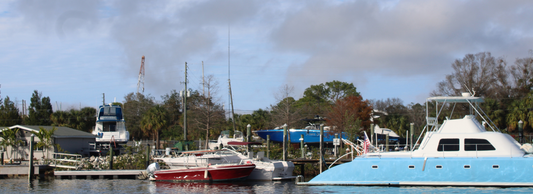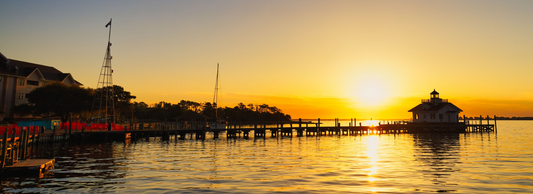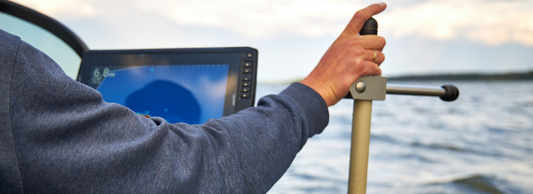How to Use Fishing Waypoints for Offshore Success
Offshore fishing is one of the most rewarding adventures you can have on the water—but it’s also one of the toughest to master. With miles of ocean and endless possibilities, finding productive spots can feel like searching for a needle in a haystack. That’s where fishing waypoints come in. Whether you’re a seasoned angler or just getting started, learning how to use fishing waypoints can be the shortcut to more catches and less guesswork. In this guide, we’ll walk you through everything you need to know to make the most of fishing waypoints for real offshore success.
What Are Fishing Waypoints?
Fishing waypoints are GPS coordinates that mark specific, productive locations on the water—like reefs, ledges, wrecks, or other underwater structures where fish are known to gather. Think of them as digital breadcrumbs, left by experienced fishermen who have already done the hard work of finding the best spots. With waypoints, you’re not just hoping for luck; you’re following a proven path to offshore action.
Why Waypoints Matter for Offshore Fishing
The ocean is massive, and even the most experienced captains can spend hours searching for the right spot. Offshore fishing is about efficiency: saving time, fuel, and effort while maximizing your chances of landing quality fish. Waypoints help you:
- Zero in on proven locations where fish have been caught before
- Minimize wasted time searching unproductive water
- Improve safety by keeping you oriented, even when conditions change
- Increase your odds of a great day, every trip
Types of Fishing Waypoints
Not all waypoints are created equal. Here’s what you’ll encounter:
- Public Waypoints: Free or widely-shared spots, often published by government agencies or found on forums. They’re easy to access but tend to be crowded and less productive.
- Private Waypoints: Exclusive spots gathered over years of experience, often by commercial fishermen. These are rarely shared and hold the real secrets to consistent offshore success.
Waypoints can mark all kinds of features—natural reefs, artificial structures, shipwrecks, drop-offs, and more. The best waypoints are backed by years of fishing results, not just a pin on a map.
How to Import and Use Waypoints on Your GPS/Chartplotter
Getting started with waypoints is easier than you might think. Here’s a step-by-step guide:
1. Download Your Waypoints
- After purchase, download your waypoint files (usually in GPX, CSV, or other compatible formats).
2. Transfer to Your Device
- Use a memory card or USB stick, or connect your device to your computer.
- For most chartplotters (Garmin, Simrad, Lowrance, Raymarine), follow the manufacturer’s instructions for importing waypoints.
3. Double-Check Locations
- Once uploaded, review your device’s map to confirm waypoints are in the right spots.
4. Name and Organize
- Rename waypoints for easy reference (e.g., “Snapper Ledge,” “Grouper Wreck”).
Pro Tip: Save a backup of your waypoints on your computer or cloud storage, just in case.

On-the-Water Best Practices
Once you’re offshore and ready to use your waypoints, keep these tips in mind:
- Approach Quietly: Don’t run directly over the spot at full speed. Slow down and approach from up-current or up-wind.
- Use Your Sonar: When you arrive, use your bottom machine to scan the area and fine-tune your position. The best fish might not be sitting right on the point—look for structure and bait nearby.
- Adjust for Conditions: Wind, current, and time of day can affect where fish hold. Try different drifts or anchor positions around the waypoint.
- Mark New Spots: If you find a new productive area, save it as a new waypoint for next time.
Tips for Offshore Success with Waypoints
- Rotate Your Spots: Don’t hammer the same location every trip. Rotating waypoints helps keep fish populations healthy and spots productive.
- Combine with Real-Time Observations: Waypoints are a starting point—watch for birds, bait, and other signs of life.
- Keep Notes: After each trip, jot down conditions, catches, and any observations. Over time, you’ll build your own logbook to complement your waypoints.
- Respect the Resource: Practice ethical fishing and conservation to keep these spots productive for years to come.
Offshore fishing doesn’t have to be a guessing game. With the right waypoints and a little know-how, you can turn every trip into a success story. Here’s to tight lines, full coolers, and legendary days on the water—see you out there!




